Muscle Car Writing Contest Finalist #2: Don Gammil Wants You to Color Him Gone
Sounding every bit as superficial as the redneck poseur he portrayed, the expression on actor Warren Oates’ face as he uttered those words in the 1971 cult classic “Two-Lane Blacktop” spoke volumes about what a muscle car was and what it was built for.
As his right foot slammed through the firewall and the big ’70 Judge GTO lunged forward, the contrast between Oates’ character and the two car-obsessed drifters he raced across the U.S. couldn’t have been starker: his brand-new orange Pontiac was a mean machine, but their beat-up primer-gray ’55 Chevy was the real deal.
In a recent blog, Motor Trend’s Angus MacKenzie pontificated about the fate of the muscle car. Mainly, he opined as to the engines and body styles it might possess in the not-so-V8-friendly future.
No offense, but I think Angus bypassed an important point. His view of what will happen to the muscle car and how it must change assumes that the concept’s definition is relatively static. History says it’s not.
Few would call the seemingly junkyard-ready Chevy in “Two-Lane Blacktop” a muscle car. Yeah, it was fast, but it didn’t particularly look fast to the non-automotive bystander. On the other hand, The Judge looked every bit the part, but by 1970 Pontiac performance had taken somewhat of a back seat to the appearance of Pontiac performance.
I’m not saying that muscle cars are all about style over substance. If anything, I think they were originally meant to embody the style of substance. But that style is subject to debate and (as Mr. MacKenzie correctly notes) evolution. Still, the dynamic nature of the concept makes prescriptions for the future somewhat risky.
A “muscle car” was originally defined as an inexpensive, small or intermediate (by 1960’s standards) two-door with the high performance engine/drivetrain from a larger, more expensive vehicle. The idea was to create a brand-invigorating yet affordable factory hotrod that would garner lots of buff book ink and make teenage boys drool. Exhibit A: The original Pontiac GTO.
Except if you do a Google image search for “1964 Pontiac GTO,” you’ll see a smallish workaday coupe that doesn’t look quite as tough as a muscle car is supposed to. Now google “1971 Dodge Challenger R/T” and check out those photos. This car will certainly look more like a muscle car to most people than the ’64 Goat. Both are muscle cars, but the original more-true-to-the-concept Pontiac looks less muscular than the Challenger-esque archetype.
Some combination of a bad-ass performance image and big horsepower fun is definitely required for any version of the muscle car recipe to work. But here’s the rub: If the formula can’t keep changing (and changing more than MacKenzie allows for), the term “muscle car” will either become universally misapplied or will die.
The big question seems to be whether or not the definition of a muscle car evolved much after the early 1970’s.
In the late Seventies, domestic cars shrunk and large two-doors became the size their intermediate counterparts were fifteen years earlier. In 1964, stuffing the brawniest of mills in a Riviera coupe would most definitely not have launched the concept we know today, but the 1980’s T-Type turbo Buicks transcended their “regal” origins to become honest-to-God muscle cars by almost any gearhead’s standard.
Allow for two more doors, FWD, and fewer cylinders, and even the putrid little K-car-based ‘91 Dodge Spirit R/T seems to capture the essence of what Pontiac was thinking in the mid-1960’s vis-à-vis “cheap car + big power = sales-boosting image builder.”
Stretch the definition that far, and what’s next? Do we ditch the “intermediate-sized” restriction and include powerful large cars (‘94-‘96 Impala SS, etc.)? If we do that, why can’t we say that any subcompact shitbox with a turbo four is a muscle car?
Okay, it’s gotta stop somewhere. But something else transcends the physical definition, anyway.
I’m willing to bet that “muscle car” is as much of a feeling as it is a tangible product. Maybe it’s when you feel as tough as a ’71 Challeger R/T looks, or when you own the crazy grin of Oates’ character in “Two Lane Blacktop.”
Yes, a special automotive formula is needed to elicit those reactions, and as technology, consumer preference, and economic reality all change, the formula will have to change, too.
But constraining muscle cars to a set blueprint and allowing only certain aspects to evolve is to ignore the bigger point of why muscle cars exist in the first place.
They exist for the same impractical reason – maybe an existential reason – that a mid-40’s GTO driver would race two kids thousands of miles for the pink slip to their ragged ’55 Chevrolet. And as long as that spirit is alive and well, the muscle car will never die.
[The above article is presented without editing.]
More by Robert Farago
Latest Car Reviews
Read moreLatest Product Reviews
Read moreRecent Comments
- Grg These days, it is not only EVs that could be more affordable. All cars are becoming less affordable.When you look at the complexity of ICE cars vs EVs, you cannot help. but wonder if affordability will flip to EVs?
- Varezhka Maybe the volume was not big enough to really matter anyways, but losing a “passenger car” for a mostly “light truck” line-up should help Subaru with their CAFE numbers too.
- Varezhka For this category my car of choice would be the CX-50. But between the two cars listed I’d select the RAV4 over CR-V. I’ve always preferred NA over small turbos and for hybrids THS’ longer history shows in its refinement.
- AZFelix I would suggest a variation on the 'fcuk, marry, kill' game using 'track, buy, lease' with three similar automotive selections.
- Formula m For the gas versions I like the Honda CRV. Haven’t driven the hybrids yet.


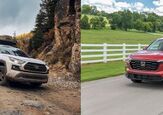
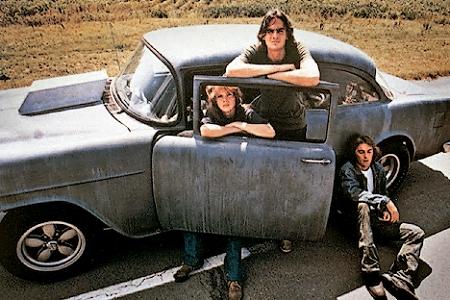















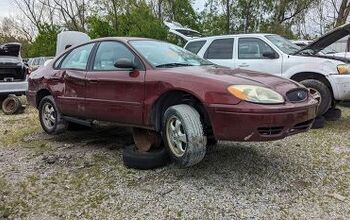
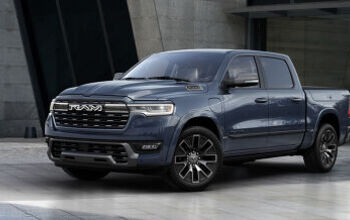
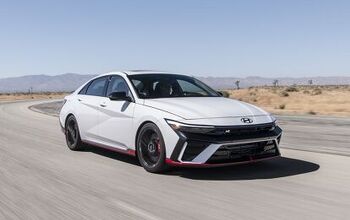
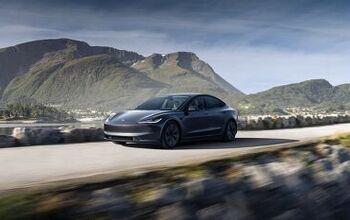
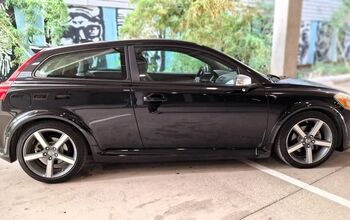
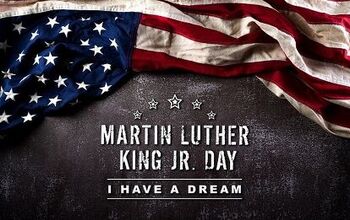

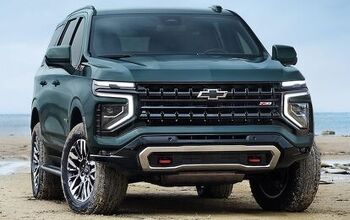
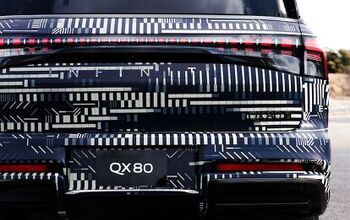
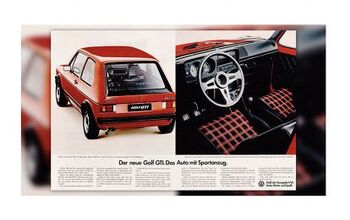
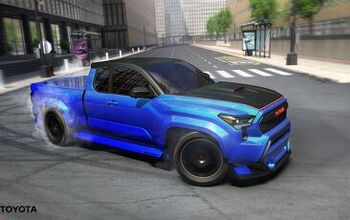
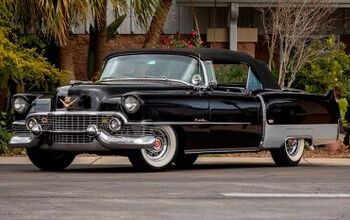
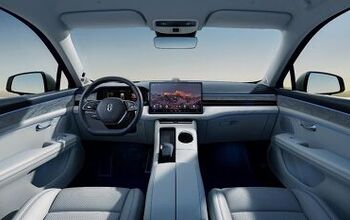
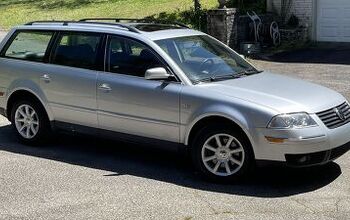

Comments
Join the conversation
Agreed, that's certainly more fitting. Too bad I didn't think that when I saw the movie.
Great news for Two-Lane Blacktop fans; an awesome restored version of film has finally been released this year by The Criterion Collection. Keep an eye out for Harry Dean Stanton as Warren Oates' temporary passenger. http://www.criterion.com/asp/release.asp?id=414